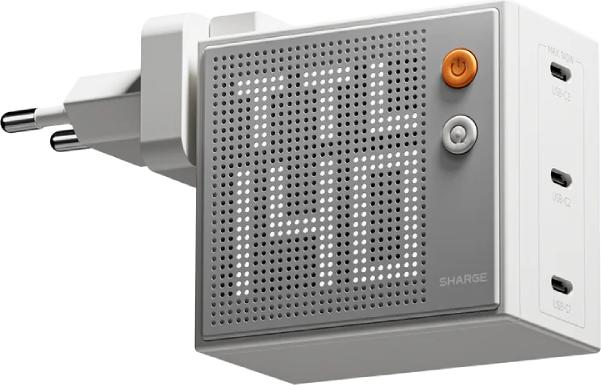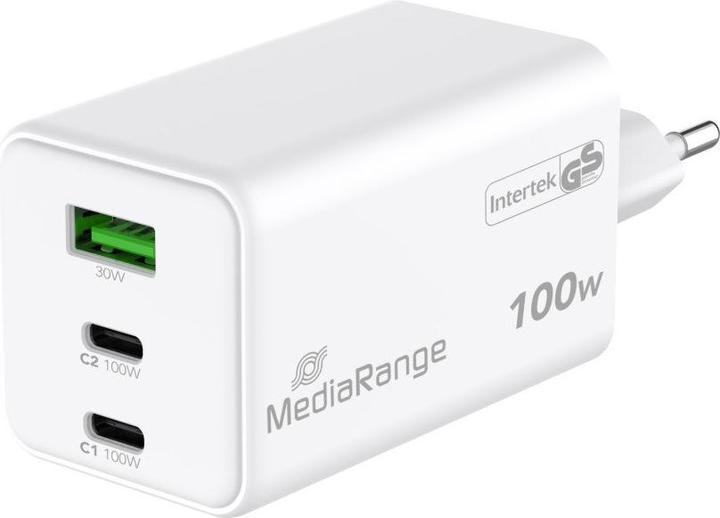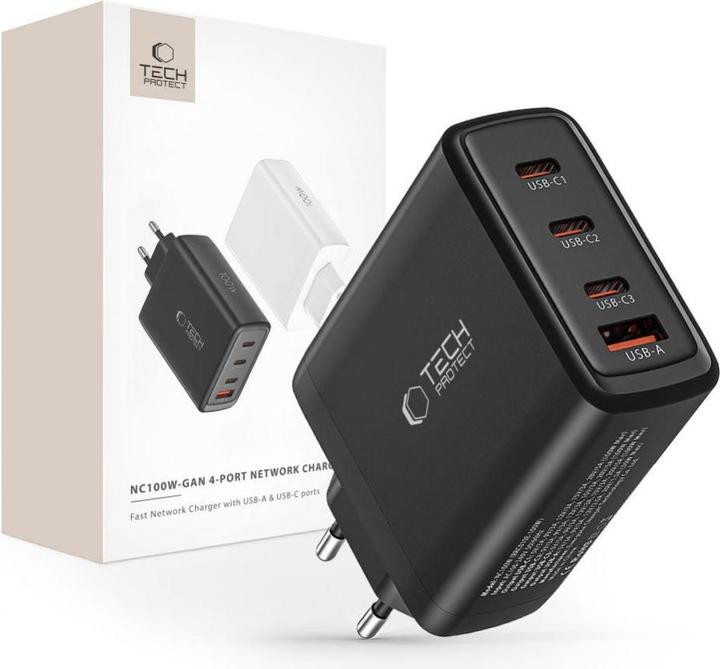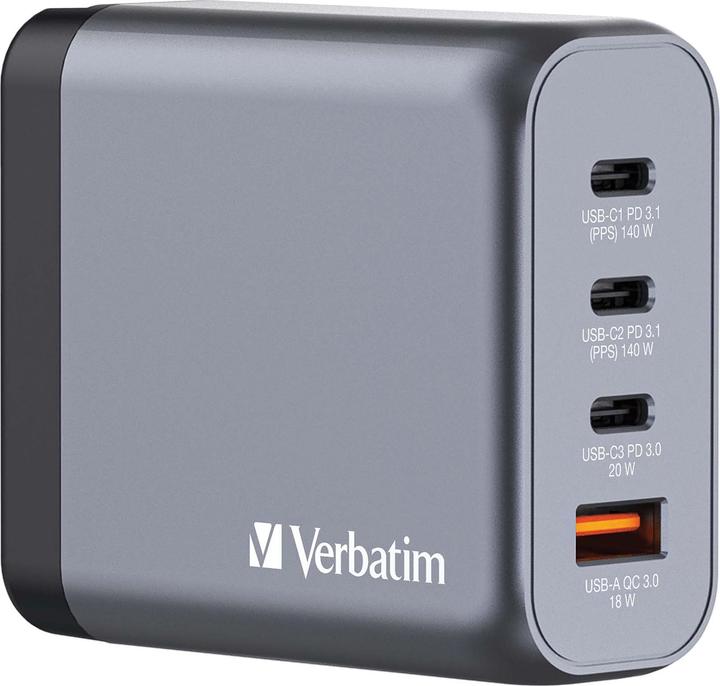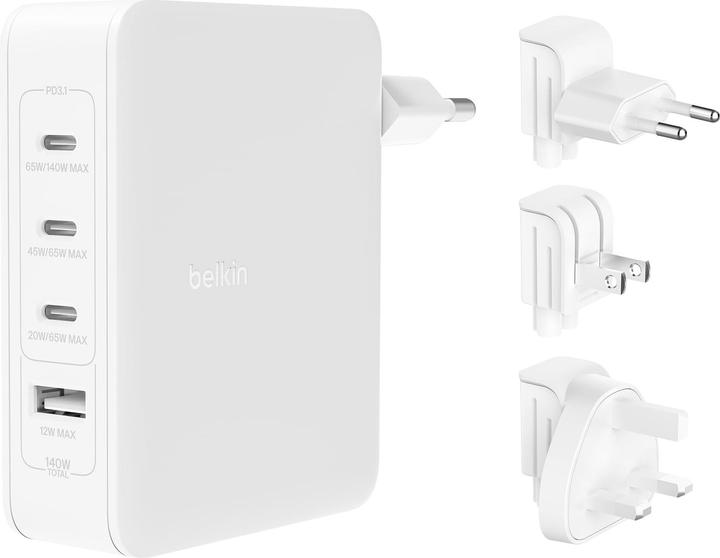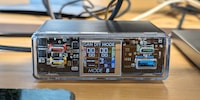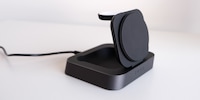

Chargers don’t get much prettier than the Sharge Pixel, but it sure is pricey
The Sharge Pixel’s design sets it apart from other chargers. Available with an output of 100 or 140 watts, it’s certainly more of a looker than a bore.
USB chargers tend to be black or white boxes – undecorated and boring. That’s why I tend to hide them somewhere under my desk or in a cable box. With Sharge, however, it’s a different story. Its new Pixel chargers have set a very high bar when it comes to aesthetics. But are they worth the extra cost?
Pixel art display
The Pixel 100 and Pixel 140 are shaped like typical rectangular chargers, and sport multiple USB ports. They can be plugged directly into a socket. However, the plastic they’re made from appears to be higher quality than the stuff used by many competing manufacturers. The truly special feature, however, is on the left-hand side of each charger. Here, the smooth plastic gives way to a perforated surface, which truly comes into its own once you plug in the charger. There’s a white LED behind almost every dot, creating a pixel matrix with 576 lights. Two control buttons are placed next to it.
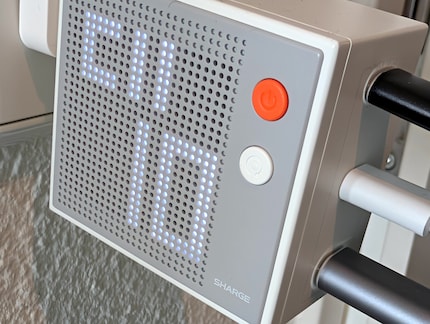
Pressing the red button allows you to switch between two brightness levels or switch the lights off completely. The charger remembers this, so if you turn off the LEDs, they’ll stay off when you plug the charger back in. You can flip the display to be read from all four directions by hitting the white button. As a result, the information’s always clearly visible, no matter where the plug socket’s positioned. Unfortunately, the charger doesn’t remember this setting.
Side note: Sharge doesn’t make any attempt to hide the basis for the Pixel chargers’ design. In fact, on its very own website (in German), it points out the chargers’ resemblance to the 1958 Braun T3 radio, a «Bauhaus» design classic.
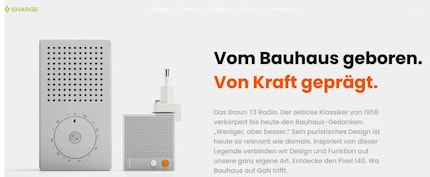
What can the pixel display do?
So, what can you actually see on the screen? It alternates between displaying the current power output of each USB port, then shows you the charger’s total output power. The information displayed changes pretty much second by second. You don’t have the option to change this.
There’s no need to worry about the screen wasting energy; its power consumption rate of 0.1 watts is so low that it can’t even be measured with a typical socket meter.
Incidentally, the Pixel charger displays the device’s charging power at a given moment very accurately. I randomly measured this with a multimeter and got the same figures displayed on the charger.
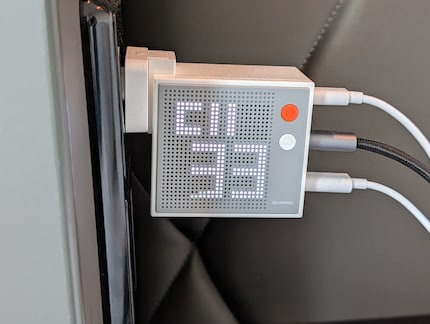
What are the differences between the Pixel 100 and the Pixel 140?
Although the two chargers look very similar at first glance, they differ in terms of their ports and total output.
Pixel 100:
- Total output: 100 watts
- 3× USB-C, maximum 100 watts each
- 1× USB-A, maximum 30 watts
- 220 grammes

Pixel 140:
- Total output: 140 watts
- 3× USB-C, maximum 140 watts each
- 258 grammes
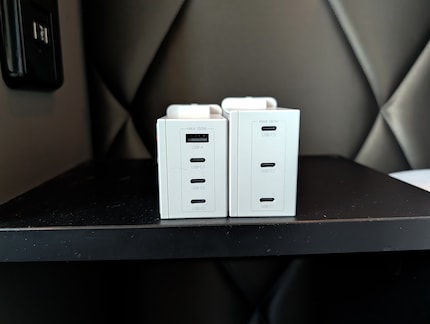
Despite having more ports, the Pixel 100 is slightly smaller and lighter. There’s also a price difference, with the higher-performing Pixel 140 Charger costing around 20 francs or euros more, depending on current price levels.
The Swiss plug can be removed from both chargers. Underneath, there are two thin, fold-out pins for US sockets. Although I didn’t get a chance to test the charger in the US, I was able to use a travel adapter to demonstrate that the charger would work without any issues in type A and B sockets (two flat contacts).
However, the manufacturer’s missed an opportunity here. If Sharge had added another adapter for equally common type G sockets (used in the UK, for example), it would’ve turned the charger into a perfect travel companion, usable almost anywhere in the world.
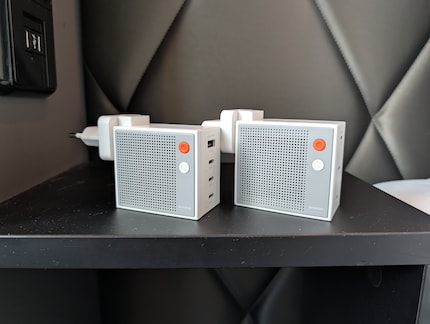
Just how much more expensive are Pixel chargers?
According to the manufacturer’s specs, a fifth-generation GaN chip is installed in both chargers. Since this designation for gallium nitride semiconductors isn’t standardised across manufacturers, it’s difficult to draw comparisons. Better GaN chips mean less generated heat, more stable voltage, faster switch-off for output voltage and smaller device sizes.
The manufacturer promises excellent performance in these areas. As it turns out, the chargers truly don’t get even a little warm. Even when using a lot of power, such as charging a laptop and a smartphone at once, at full power, for several hours.
However, the Sharge Pixel is one of the more expensive chargers on the market. You can get 100-watt devices for 25 to 30 francs. Chargers with the same number of ports, i.e. 3× USB-C and 1× USB-A, start at 35 to 40 francs.
It’s a similar story for 140-watt chargers, with the cheapest models starting at 50 to 55 francs.
Mind you, those are all made by fairly unknown manufacturers. Chargers from established brands such as Anker, Belkin or Aukey fetch prices similar to the Sharge Pixel. Here are some examples of 140-watt chargers:
Basically, although Sharge chargers aren’t a viable option for bargain hunters, the Pixel design doesn’t add much to the price tag. The main contributing factor to the price difference is the technology inside the devices and the manufacturer’s reputation.
Pixel chargers will be tempting to anyone who appreciates the aesthetic gimmick. And to people with an interest in actual charging speeds.
In a nutshell
Pretty, good, but seriously pricey
The Pixel stands out from the crowd of humdrum chargers with its eye-catching dot display. If that aspect of a charger’s important to you, you should look take a closer look at this one. On the screen, you’ll see the charging speed in watts for all ports as well as the entire charger.
Although Sharge has delivered first-class quality as always, this comes at a price. If all you want to do is charge your gadgets and you don’t care about brand names or design, there are cheaper options out there. Still, at least the Pixel chargers aren’t much more expensive than other high-quality chargers from well-known brands.
Pro
- Unusual look
- Cool screen featuring information on charging speed
- High charging speed at all ports
- High-quality manufacturing
- Compact
Contra
- Relatively expensive
- No UK adapter
- Displays settings aren’t permanent
Gadgets are my passion - whether you need them for the home office, for the household, for sport and pleasure or for the smart home. Or, of course, for the big hobby next to the family, namely fishing.
